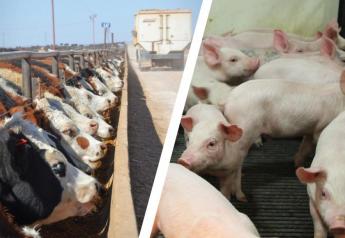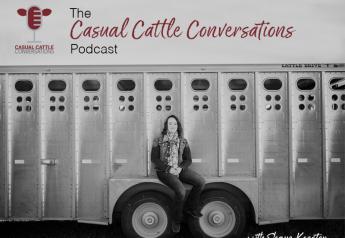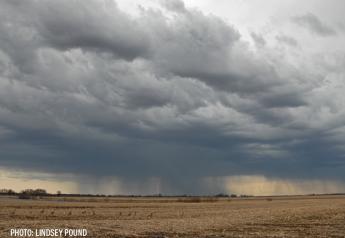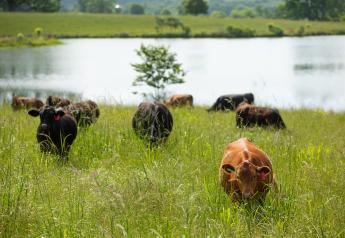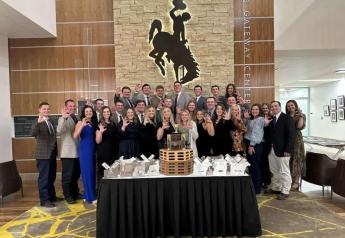Schedule the Breeding Soundness Exams Soon
Although the spring calving season may still be ongoing, the next breeding season is only a few weeks away. Now is the time to schedule the old and new bulls for their pre-breeding soundness examination.
For the breeding soundness evaluation to be successful, bulls should be evaluated 30 to 60 days before the start of breeding. It is important to allow sufficient time to replace questionable bulls. Bulls could also be evaluated at the end of breeding to determine if their fertility decreased. A breeding soundness exam is administered by a veterinarian and includes a physical examination (feet, legs, eyes, teeth, flesh cover, scrotal size and shape), an internal and external examination of the reproductive tract, and semen evaluation for sperm cell motility and normality.
The physical examination studies overall appearance. Flesh cover is one factor to evaluate. Body condition can be affected by length of the breeding season, grazing and supplemental feeding conditions, number of cows the bull is expected to service and distance required to travel during breeding. Ideally, bulls should have enough fat cover at the start of breeding so their ribs appear smooth across their sides. A body condition score 6 (where 1 = emaciated and 9 = very obese) is the target body condition prior to the breeding season.
Sound feet and legs are very important because if they are unsound, this can result in the inability to travel and mount for mating. The general health of the bull is critical since sick, aged and injured bulls are less likely to mate and usually have lower semen quality. The external examination of the reproductive tract includes evaluation of the testes, spermatic cords and epididymis. Scrotal circumference is an important measure since it is directly related to the total mass of sperm producing tissue, sperm cell normality and the onset of puberty in the bull. Bulls with large circumference will produce more sperm with higher normality and also reach sexual maturity sooner.
Examination of the external underline before and during semen collection will detect any inflammation, foreskin adhesions, warts, abscesses and penile deviations. The internal examination is conducted to detect any abnormalities in the internal reproductive organs. Also, be certain to ask your veterinarian about the need to test the bulls for the reproductive disease, trichomoniasis. Learn more about this disease by downloading and reading OSU Fact Sheet VTMD-9134 “Bovine Trichomoniasis”.
The semen evaluation is done by examining a sample of the semen under a microscope. The veterinarian will estimate the percentage of sperm cells that are moving in a forward direction. This estimate is called "motility". In addition, the sperm cells will be individually examined for proper shape or "morphology". Less than 30 percent of the cells should be found to have an abnormal shape.
Any bull meeting all minimum standards for the physical exam, scrotal size and semen quality will be classed as a "satisfactory" potential breeder. Many bulls that fail any minimum standard will be given a rating of "classification deferred." This rating indicates that the bull will need another test to confirm status. Mature bulls (that were listed as classification deferred) should be retested after four to six weeks. Mature bulls will be classified as unsatisfactory potential breeders if they fail subsequent tests. Young bulls that are just reaching puberty may be rated as "classification deferred", and then later meet all of the minimum standards. Therefore caution should be exercised when making culling decisions based on just one breeding soundness exam.
Many producers work hard to manage their cows for high fertility. They may assume that the bulls will do their expected duties. However, it's important to pay close attention to bulls to establish successful breeding.


